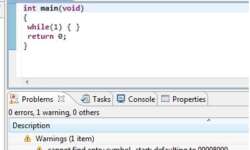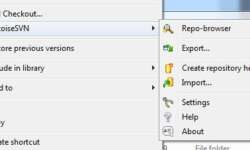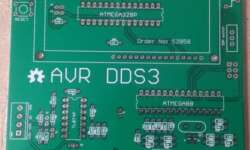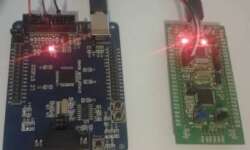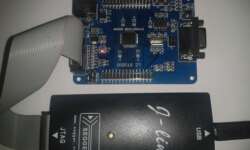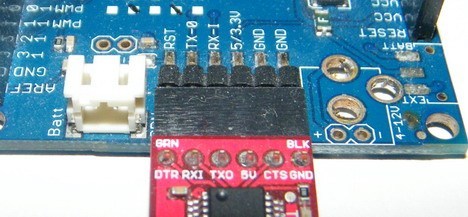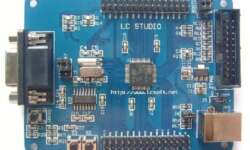Way of playing AVI files on iPad

AVI (Audio-Video Interleaved) video format is a standard format around the internet. Windows introduced this format in 1992. AVI files carry audio and video data that are played synchronously. Audio and video can be compressed with different codecs and stored in a single .avi file. That can be played with Windows played or another player with the right codecs. If you are MAC used and carry the iPad around, you probably noticed a problem with playing AVI files on these devices. Apple is stuck to MP4 format, which actually is more advanced because it can carry more information than audio and video. 3D graphics, subtitles, and still images also can be packed along in a single file. All benefits and disadvantages you may find on the internet. The user may find a problem playing one or another format on his machine. As we mentioned, without unique apps, there can be a problem playing .avi files on the iPad. Instead of struggling to find one good AVI player probably, it is worth converting them to mp4. There are many video converters available to download. For instance, Aimersoft.com produces an excellent free video converter called Video Converter Ultimate. It supports all standard…


